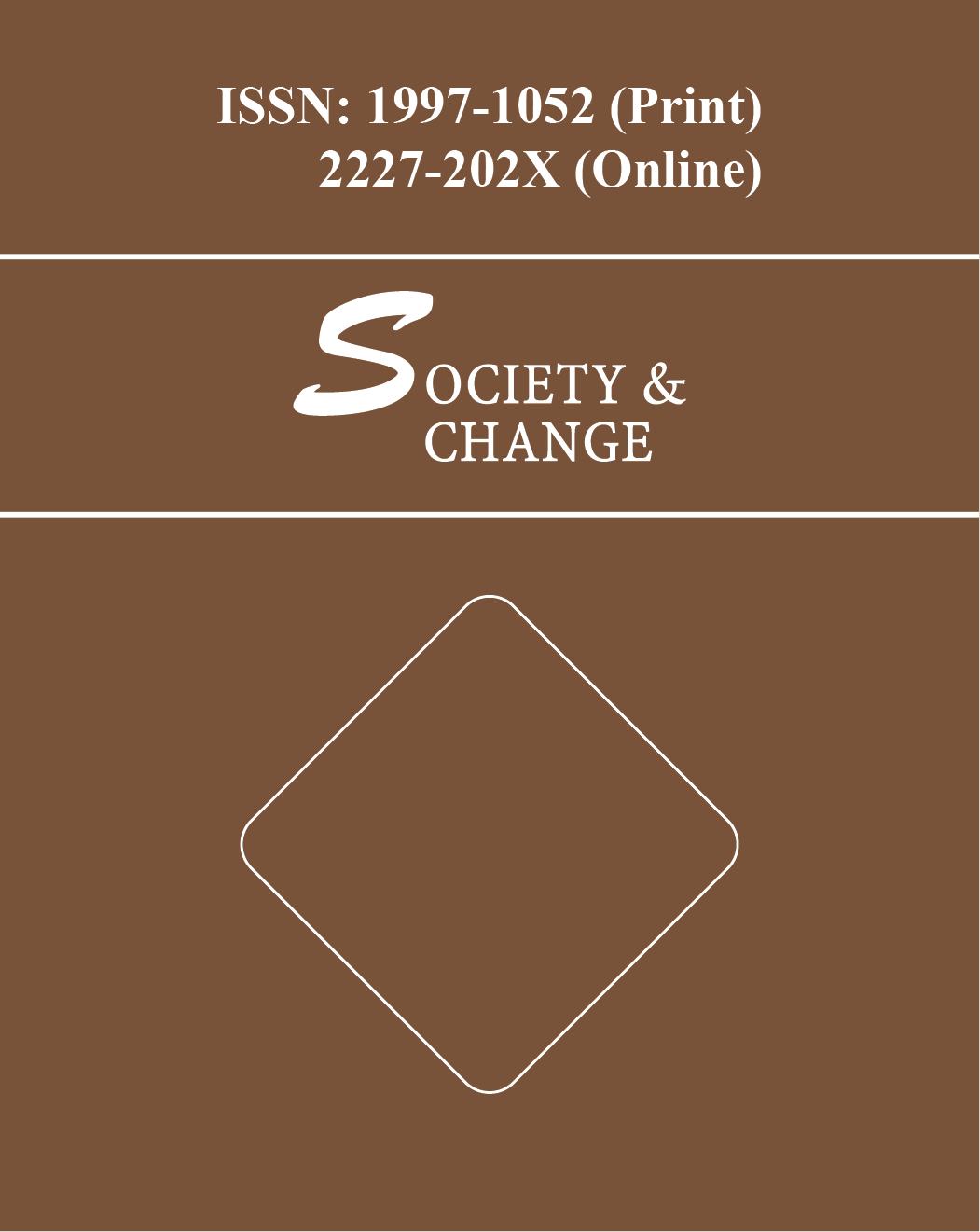Labour intensive industry denotes the production processes or services require a large number of labour. Usually the least developed or developing countries having huge number of population are the suitable places for labour intensive industry. This industry follows the lowest wage to keep the production cost at minimum level.Bangladesh and manufacturing ready-made garment (RMG) has been synonymous to the most of the global brands and buyers of this sector.This is the largest industrial sector that alone contributes 82% of total national export and 65% of total industrial employment generates this single sector of whom 80% are female. Bangladesh holds second position, after China, sharing only 5% of global RMG export.The contribution of the industry is the prime movers in Bangladesh economy and for many social indicators including women empowerment, adult literacy, rate of child mortality etc.This sector has played a pivotal role achieving MDG (2000 – 2015) especially in eradication of extreme poverty and hunger. Bangladesh has made satisfactory progress in GNI Capita, Human Assets Index, and Economic Vulnerability Index – three to be up-grated from Least Developed Country to Developing Country. To meet the SDGs (2015 – 2030) and to face the challenges of to be developing country this sector has some specific role to play.In ethical compliance, particularly on workplace safety, Bangladesh is ahead of its competitors like China and India (Asiainspection Report 2018). Bangladesh has now 67 LEED (Leadership in Energy and Environmental Design) green factories certified by USGBC. Among them 13 are LEED platinum rated which is not available in any part of the world. In addition to more than 280 factories are registered with USGBC for LEED certification. Among the major garment manufacturer countries, Bangladesh has the lowest labor wage. Low-wages certainly the key to be considered as an importing destination by the buyers. Being the lowest even, among the other sector of the country, proper utilization and planning on human resources had never an issue of concern. The workers were identified with the numerical value in a factory, not as a resource. As a result, productivity, efficiency etc. are also low while man-machine ratio is high compared to its competing countries. In addition, the sector is highly dependent on foreign professionals with exceptionally higher payment and perks. Over the period, cost of production including the labour wage in Bangladesh has increased. To be competitive and to capitalize green factories status and improved ethical compliance and structural safety, there is no alternative of a sustainable human resource planning which had been heavily ignored since its inception.



 Additional Indexing
Additional Indexing